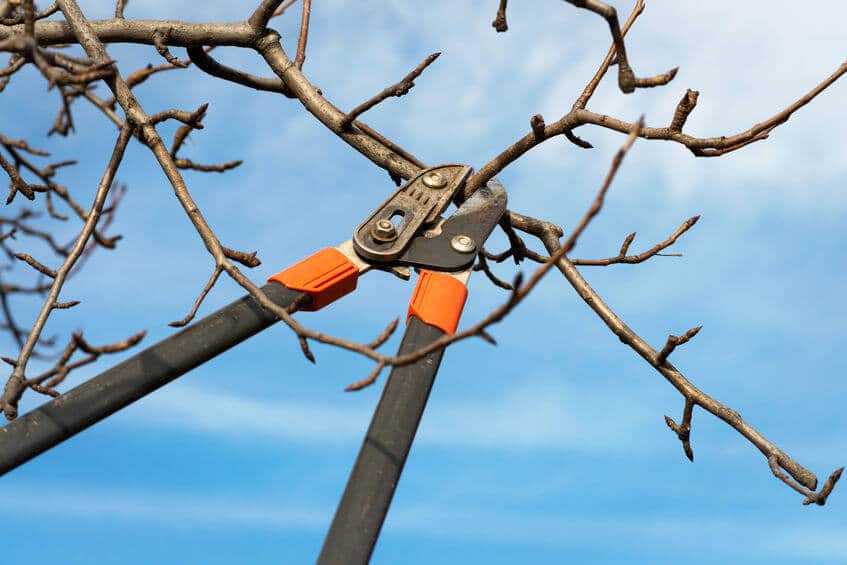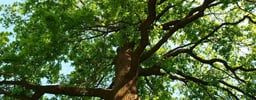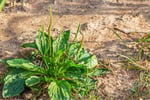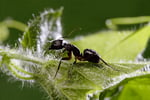Understanding when mosquito season occurs in your area is essential for planning outdoor activities and taking precautions to avoid bites. Mosquito season varies for each location depending on factors like temperature and rainfall. Whether you’re nestled in the lush Pacific Northwest, amidst the arid plains of the Rocky Mountains, or along the humid coastal regions, knowing when these pesky insects are most active can help you avoid potential discomfort and health risks.
In this guide, we'll explore the typical timing of mosquito season in various regions across the United States, helping you better prepare for enjoying the outdoors while minimizing the nuisance of these buzzing pests. We’ll also cover the factors contributing to these timelines and when to start mosquito control.
 When is Mosquito Season? Understanding the Factors
When is Mosquito Season? Understanding the Factors
- Temperature: Mosquitoes are ectothermic organisms, meaning their body temperature depends on the temperature of their surroundings. Warmer temperatures accelerate their growth and reproduction cycles. Thus, regions with consistently warm temperatures, especially during the spring and summer, tend to experience earlier and longer mosquito seasons.
- Rainfall and Moisture: Mosquitoes require water to breed, and their eggs hatch in water. Areas with frequent rain or high humidity levels provide ample breeding grounds for mosquitoes. Standing water, such as puddles, ponds, and even water collected in discarded containers, can serve as breeding sites. Therefore, regions with higher rainfall or irrigation systems may experience more significant mosquito populations.
- Topography and Geography: Different landscapes can influence mosquito populations. For example, areas with marshes, wetlands, or bodies of water are prime breeding grounds for mosquitoes due to the abundance of standing water. Coastal regions or areas near rivers and lakes may experience more mosquito activity than arid or mountainous regions.
- Seasonal Changes: Mosquito populations often follow seasonal patterns. In temperate regions, mosquito activity typically increases in spring as temperatures rise and breeding sites become more abundant—activity peaks during the warmer summer months and declines as temperatures drop in the fall. In tropical or subtropical regions, where temperatures remain relatively warm year-round, mosquito activity may persist throughout the year.
- Species Composition: Different mosquito species have varying environmental preferences and tolerances. Some species thrive in urban environments, while others prefer rural or wooded areas. Understanding the dominant mosquito species in a particular region can provide insights into when mosquito season will likely begin and how severe the infestation may be.
- Human Activity: Human activities, such as water storage practices, landscaping, and urban development, can also influence mosquito populations. Improperly maintained swimming pools, rain barrels, or neglected garden water features can become breeding grounds. Urbanization, with its abundance of artificial water sources and heat-retaining surfaces, can create microclimates favorable to mosquitoes.
By considering these factors, you can better anticipate the start and duration of mosquito season in your neighborhood and take appropriate measures to protect your home from mosquito infestations and reduce breeding habitats in your premises.
When is Mosquito Season in Different Areas of the US?
 After considering the factors mentioned earlier, you can determine when to start mosquito control in your area. Climate Central reports that mosquitoes tend to emerge when the climate starts to get warmer, usually beginning in early spring to fall.
After considering the factors mentioned earlier, you can determine when to start mosquito control in your area. Climate Central reports that mosquitoes tend to emerge when the climate starts to get warmer, usually beginning in early spring to fall.- In Washington State, mosquito season usually begins in late spring or early summer, around May or June, and lasts through the summer months into early fall, ending around September or October.
- In Idaho, mosquito season typically starts in late spring. It extends through the summer months, from May or June to September or October.
- In Colorado, mosquito season can vary depending on the region. Still, it generally starts in late spring or early summer. It lasts through the summer months into early fall, similar to other states in the region.
- In Oregon, mosquito season usually aligns with Washington state and other Pacific Northwest regions, starting in late spring and lasting through the summer into early fall.
- In Utah, mosquito season typically begins in late spring. It lasts through the summer months, from May or June to September or October.
Note that these are general timelines and may vary depending on the factors mentioned earlier. So, determining when mosquito season is in your area will require some observation of local conditions and the type of species known to inhabit your region.
Recommended Mosquito Prevention
Mosquito prevention involves several strategies to reduce mosquito populations and minimize the risk of mosquito-borne diseases. Here are some effective prevention methods you can try:
- Eliminate Standing Water
- Maintain Landscaping
- Use Mosquito Repellents
- Wear Protective Clothing
- Install Screens and Seal Entry Points
- Use Mosquito Nets
The Centers for Disease Control and Prevention (CDC) recommends using EPA-registered repellents, which have been approved for use and safe for various environments. Look for the following active ingredients when comparing different products:
- Picaridin
- DEET
- 2-undecanoate
- Para-menthane-diol (PMD)
- Oil of lemon eucalyptus (OLE)
Remember that when you use these products, follow package instructions and safety measures recommended by the manufacturer.
Mosquito Control Measures
In areas with high mosquito populations or increased risk of mosquito-borne diseases, consider employing mosquito control measures such as:
- Mosquito Traps: Use mosquito traps designed to attract and capture mosquitoes.
- Mosquito Dunks contain a larvicide that kills mosquito larvae in standing water without harming other organisms. They can be placed in ponds, birdbaths, and other water features.
- Professional Pest Control Services: Consider hiring professional pest control services for targeted mosquito control, including fogging or spraying insecticides in outdoor areas where mosquitoes are prevalent.
Generally speaking, mosquito spraying is most effective during peak mosquito activity periods, typically in the early morning or evening when mosquitoes are most active. It's important to follow local regulations and guidelines regarding mosquito spraying and any recommendations from health authorities or pest control professionals. In addition, integrated pest management approaches that combine multiple strategies for long-term mosquito control and prevention should be considered.
When to Call On Professionals?
Call on professionals for mosquito control when prevention methods are insufficient or when facing high mosquito populations. Professional pest control measures from Senske can provide targeted treatments and expertise to effectively manage mosquito infestations and reduce the risk of mosquito-borne diseases. Call (877) 944-4007 or fill out our online contact form to request an estimate from our specialists.










